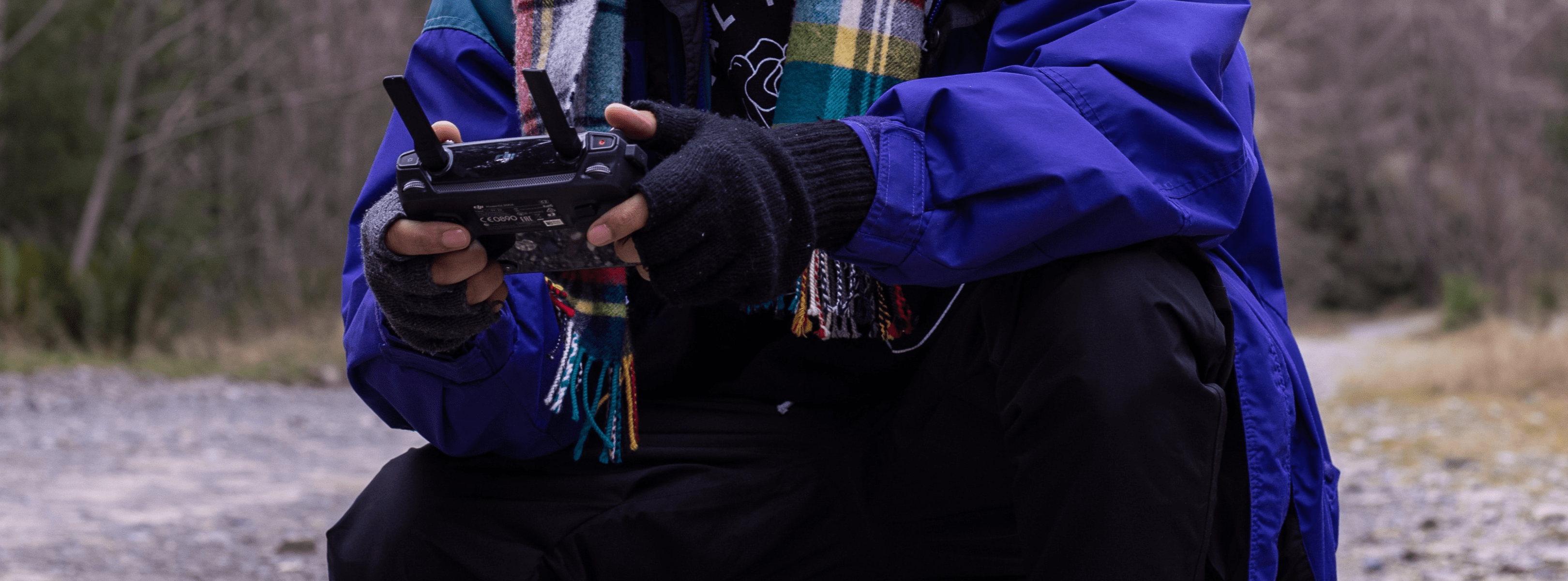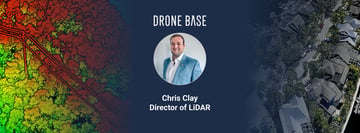Unwrapping a new drone this Christmas? Here’s some advice for Day One
If you’ve woken up on Christmas morning to find a drone sitting under the tree, congratulations! It looks like 2020 will be the year you get into flying and embrace a technology that’s making a huge impact in all sorts of ways.
We’ve put together a few pointers for new drone pilots. If you’ve landed here as a new, proud owner of a drone, read through the tips below before taking off.
Don’t fly indoors straight away
There are no official statistics stating how many brand new drones are immediately unwrapped, charged up and flown directly into the Christmas tree on day one. But as far as we can tell from the many, many Youtube uploads, the figure is high.
So golden rule number one is simple: don’t be that person. As exciting as it is to unbox a new drone, have a little patience and make sure your first flight isn’t indoors.
Even the most sophisticated drones around today struggle to fly reliably inside. There’s no GPS and all of that festive lighting disrupts obstacle detection systems. You get the picture: New drone. Christmas tree. Confined space. Eager pilot...It’s a recipe for an expensive (and messy) disaster.
Register your drone
If you live in the USA and your new drone weighs between 0.55 pounds and 55 pounds, you’ll have to register it before flying.
If you are flying for fun, you have to register with the FAA as a Recreational Flyer or "modeler" and label your new drone with your registration number. It costs $5 for three years and the whole process can be done online.
If you want to use your drone for commercial purposes, you’ll need to go through the FAA’s Part 107 process.
Get familiar with your drone apps
One thing you can do straight away is download the application you need to fly your drone and get familiar with how it works.
Learn how to navigate all of the drone’s functions and camera settings before you head out for your first flight. You may also need to register with your drone’s manufacturer and download updates before you can fly.
Speaking of apps, one of the first you should download is B4UFLY by the FAA & Kittyhawk. It provides recreational flyers with important airspace information, ensuring that you don’t fly anywhere that’s restricted.
Follow the rules of the sky
Once your drone is registered, the next step is to familiarize yourself with the FAA’s regulations regarding drone flights.
You can read through the full FAA rules here, but some of the most important regulations to follow include:
- You must fly your drone at or below 400 feet in uncontrolled or "Class G" airspace.
- You can’t fly in controlled airspace (around and above many airports) unless:
- You receive an airspace authorization for operations in controlled airspace through LAANC (Low Altitude Authorization and Notification Capability)
- You are flying at a recreational flyer fixed site that has a written agreement with the FAA.Keep your drone within your line of sight, or within the visual line-of-sight of a visual observer who is co-located and in direct communication with you.
- You must not fly in airspace where drone flight is prohibited. Airspace restrictions can be found on the FAA’s interactive map. Temporary flight restrictions can be found here.
- Never fly near other aircraft.
- Never fly over groups of people, public events, or stadiums full of people.
- Never fly near emergencies such as any type of accident response, law enforcement activities, firefighting, or hurricane recovery efforts.
- Never fly under the influence of drugs or alcohol.
If you violate any of these safety requirements and operate in a careless or reckless manner, you could be liable for criminal penalties.
Find somewhere safe for your first flight
Which brings us to an obvious final step: finding somewhere safe (and legal) for your first flight. It’s certainly obvious, but judging by the amount of Christmas tree collisions every year, many new pilots are not taking a minute to consider the best options.
We recommend finding somewhere with no obstacles, no people and plenty of wide-open space. That way there’ll be less pressure and less risk of having an expensive accident.
Controlling the latest drones isn’t necessarily hard. In fact, with all the safety features and the latest computer vision technology, it’s much easier than it used to be. But things can happen quickly and complacency is the worst enemy of every drone pilot.
No matter how confident you are behind the controls, always take your new drone for a spin at a sensible location.
That’s all for our advice for new pilots this festive season. If you’re thinking about using your new drone for commercial missions in the future, check out our Part 107 Guide.





